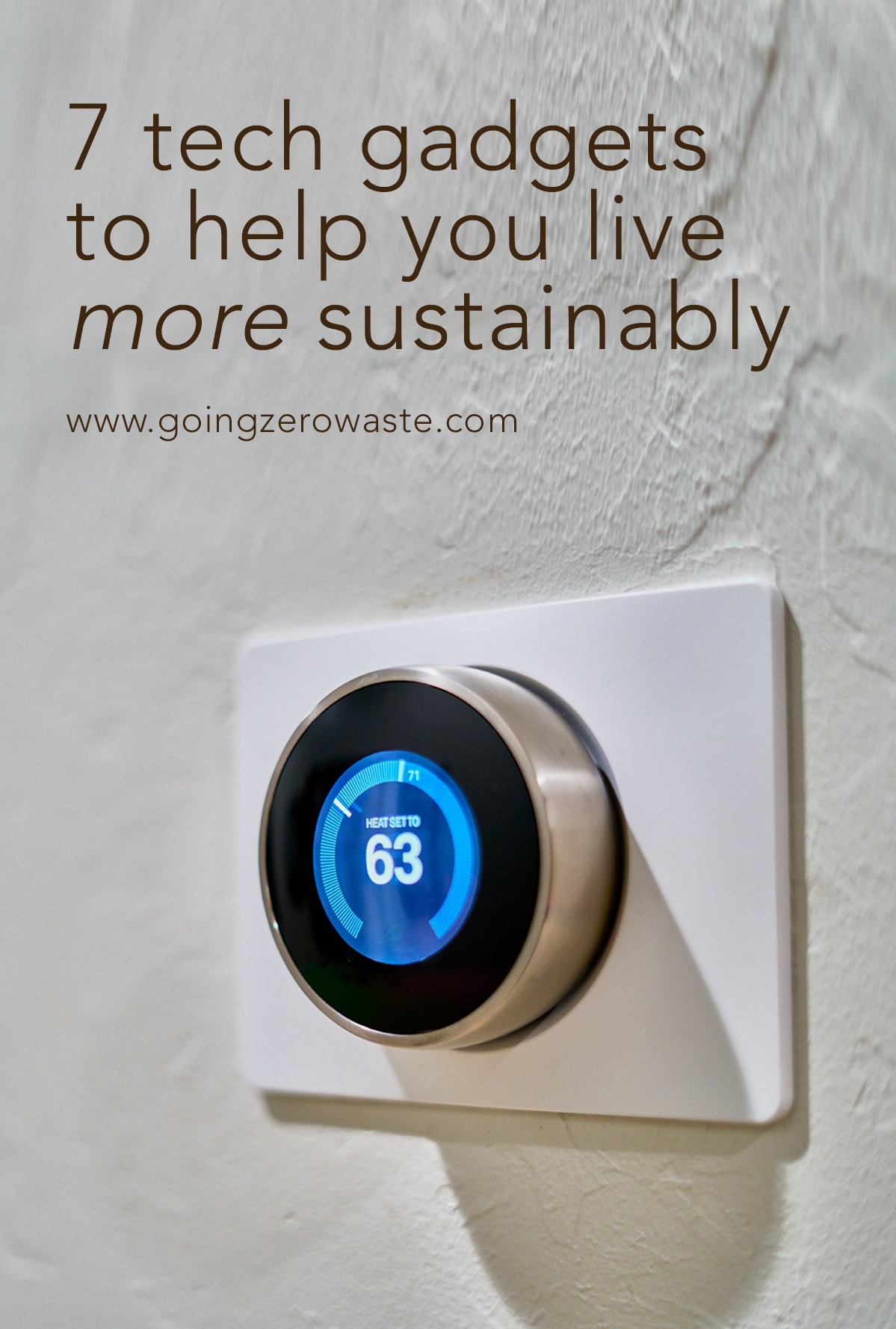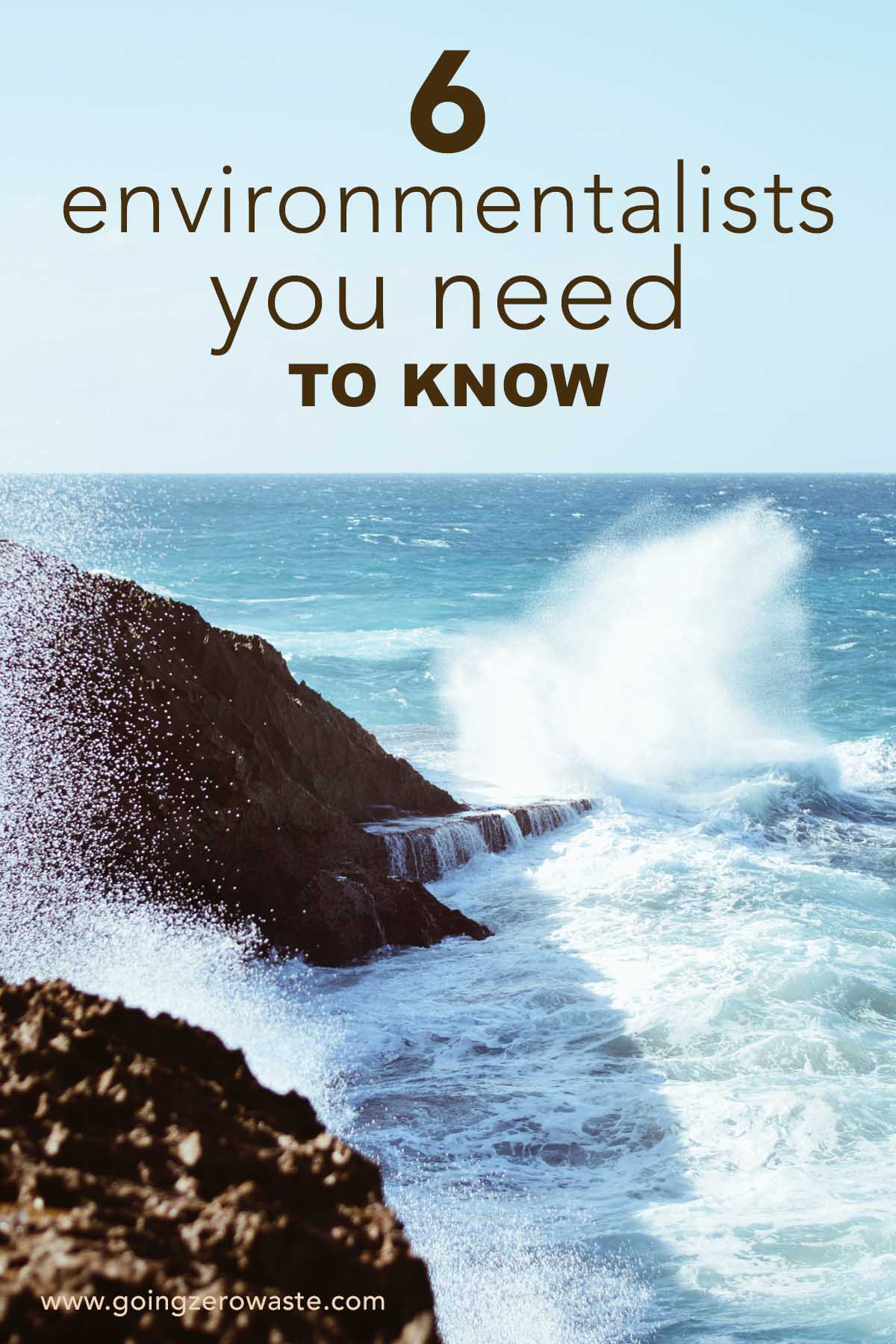What is Greenwashing? Well, this week we got the perfect example handed to us on a silver platter.
UPDATE 4/19/18! Spent a lot of time in thought. Please read this post, but also read my recent reflections: Is and Step in the Right Direction, Still a Step in the Right Direction?
Specifically, I'm talking about why the Starbucks "compostable" and "recyclable" cup campaign is bullshit. If you haven't heard, Starbucks is investing $10 million dollars in making "compostable" and "recyclable" cups.
You can see my response to Starbucks below.
I put both compostable and recyclable in quotes because a lot of dishes that claim compostability, like EcoWare, don't actually breakdown even in an industrial facility.
Our recycling system is currently in crisis because China won't take our plastic or paper anymore, and before China quit taking our plastic, plastic only had a 9% recycle rate. You can read more about recycle rates here.
So, what is greenwashing?
Greenwashing is when a company spends more money on making you think it's being eco-friendly than actually being eco-friendly.
Starbucks and the cups is a text book example. We've talked about greenwashing on the blog before. Here's the old post. It has seven tips on how you can avoid green washing, and I've uploaded a YouTube video about it too.
Just imagine in the video, that we replaced grocery store with Starbucks and plastic bags for to-go cups.
IT'S THE SAME SCENARIO! It's so text book it hurts.
So, why is Starbucks campaign greenwashing? Let's break it down.
1. fool me once:
Did you know this is the third time Starbucks has been trying to revamp their cups? In 2008 they declared all of their cups would be fully recyclable by 2015.
It didn't happen.
In 2016 they said they were going to amp up the recycled content in their cups, but they never got that far.
Now, it's 2018 and they're back to the recyclable/compostable spiel.
2. look at the surrounding circumstances:
Starbucks has been called out for it's cups, straws, and splash sticks for years. Clearly it hasn't made any sort of difference. So, why now?
Why are they deciding to go after cups instead of lower hanging fruit like straws and splash sticks?
I'll tell you why. It's because Seattle passed a law that containers have to be recyclable or compostable.
Starbucks isn't doing this because they care about the environment. If they cared, they would have made these changes the first time around.
When you're looking for greenwashing, you always have to look at the surrounding circumstances. If someone's being forced kicking and screaming to do something good for the environment, they're going to try and get away with doing the least they can while still adhering to the law.
3. missing the point:
The goal is to decrease the amount of resources we consume. The goal is to use fewer disposables, and this campaign is complete misdirection.
By telling the consumer how good their "compostable" and "recyclable" cups are, they're encouraging disposable culture. The consumer thinks they're doing good by taking these cups.
When in reality, the problem is with the waste upstream, and we don't know if these will actually compost or be recyclable.
Paper bags are much more energy intensive to make than plastic bags. If everyone switched to paper bags, there'd be more pollution, more trees cut down, and more resources consumed.
We're already consuming more resources than the earth can sustain each year. It's called Earth Overshoot Day, and it marks when we've consumed all the resources the earth can sustainably produce for the coming year. Last year we hit it on August 2nd.
We're consuming 1.5 Earth's worth of resources. It's completely unsustainable.
When trying to identify if you've been greenwashed, look at the big picture. Another example is paper plates. A paper plate company says paper plates are good for the environment because you can save water by not having to wash dishes!
What the paper plate company doesn't tell you is that it takes 8 gallons of water to make one paper plate. You can run 2 loads of dishes through the dishwasher for 10 gallons of water. You tell me which on the more eco-friendly choice is? You just have to look at the big picture.
4. where's the compost going?
So, let's say Starbucks makes a recyclable or compostable cup. That's great but we're assuming that it's going to actually be recycled or composted.
How is that possible if there's neither recycling or composting in the town the Starbucks is in?
Most towns don't have curbside compost as a requirement. I have talked to several Starbuck's employees who landfill their recycling because it's too contaminated or their city doesn't offer it. You can see several speaking out in the comments of the Instagram post I attached earlier.
What is the point of going for a recyclable or compostable cup, which is more resource and energy intensive, if it's going to wind up in the landfill anyways!?
solutions:
Believe it or not, I'm a really positive person. I don't love ripping on companies and calling people out. I just think there are better ways that Starbucks could spend $10 million dollars.
And, I'm not against compostable cups. I don't think disposable products are evil, but I don't think we should rely on them. We should use them in times of emergency, not every day.
- 10 cent charge for a disposable cup
- Bump the 10 cent discount for bringing your own cup to 50 cents
- Put up signs that say, "Get a discount for bringing your own!"
- Have all baristas ask if the order is for here or to-go. All for here orders should be made and served in real mugs and food should be served on real plates.
- Put up a sign that let's everyone know about the real mugs and real plates.
- Baristas should also make sure customers know about their BYO campaign and it's a great opportunity to sell the reusable tumblers in the shop.
- Get rid of splash sticks
- Start composting at all locations and set an example for the town
- Create a closed loop program where all the cups are reusable and cost $1. When you're done with the cup you can return it for credit or you can return the cups at drop locations. The cups will be sanitized and be used again.
- Use advertisements to make the reusables cool. All of the advertisements are focused on disposability. Why not make them with reusables? Make reusables more normal than the disposables.
If you think of any more ideas I should add to the list let me know! If Starbucks were actually reading this post, what would you want to tell them?











